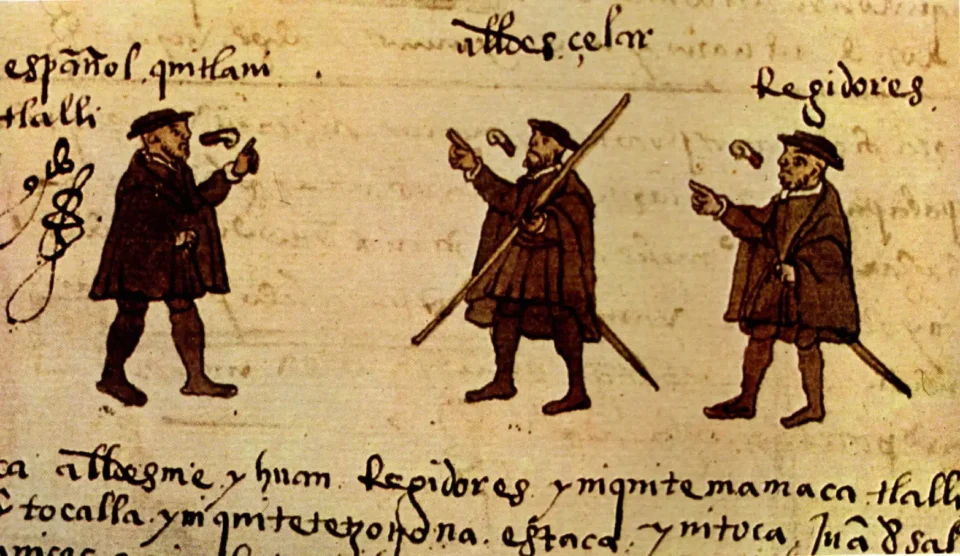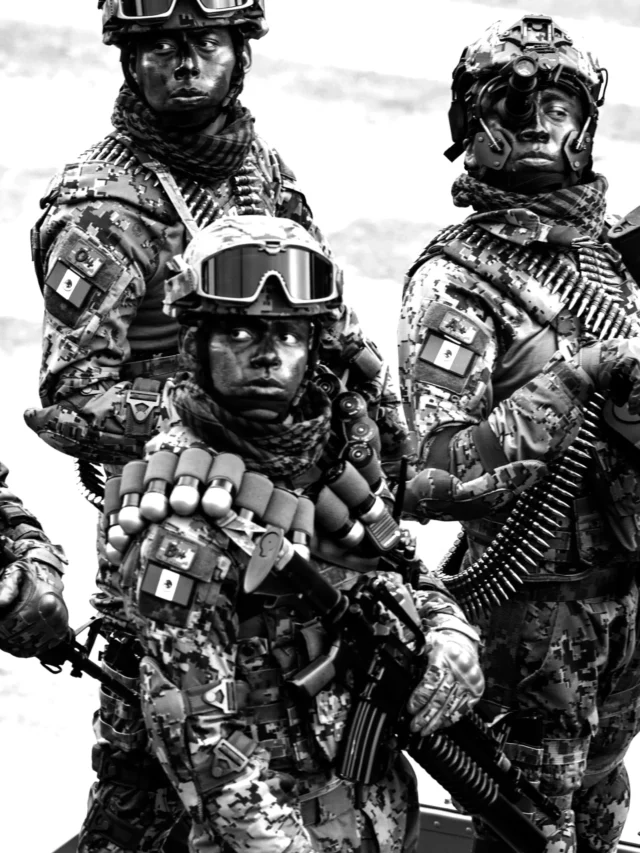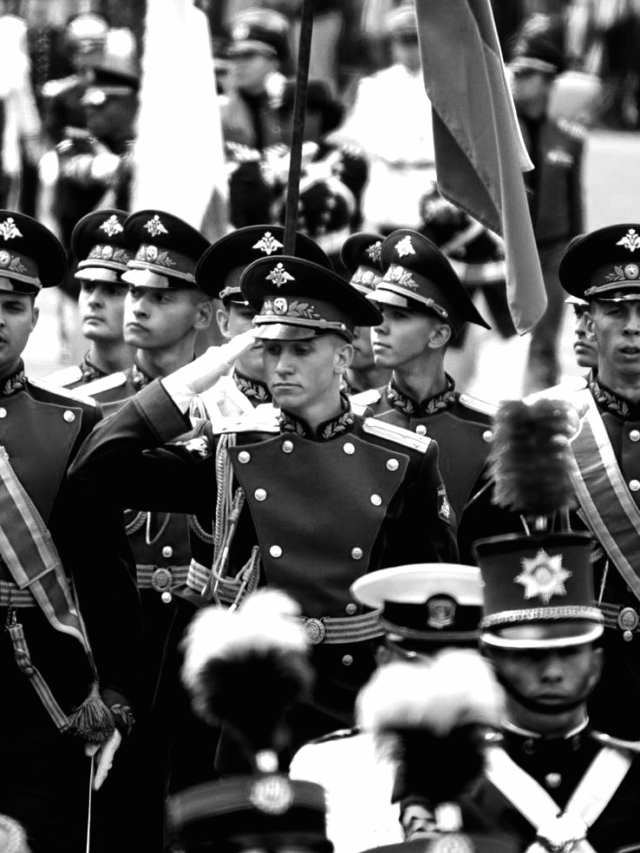You can also listen to this article in the following audio:
Governing New Spain represented an unprecedented challenge for the Crown of Castile. The distance, cultural diversity and territorial amplitude made it necessary to build a solid and hierarchical political system that ensured effective control from the metropolis. This article explores how this central apparatus of power was structured, what functions its main actors performed and how the balance between government, justice and religion was achieved in one of the most important viceroyalties of the American continent.
At the apex of the viceregal political system was the king. His authority was considered of divine origin, but its exercise had to conform to the law and the principles of good government. From 1508, with the granting of royal patronage, he also assumed ecclesiastical functions in the American territories, which allowed him to appoint bishops, supervise evangelization and organize religious life.
Although the king was not physically present in the Americas, the entire institutional apparatus was geared to ensuring that his will was carried out. To achieve this, an intermediate structure was established to act on his behalf, with bodies specialized in various functions.
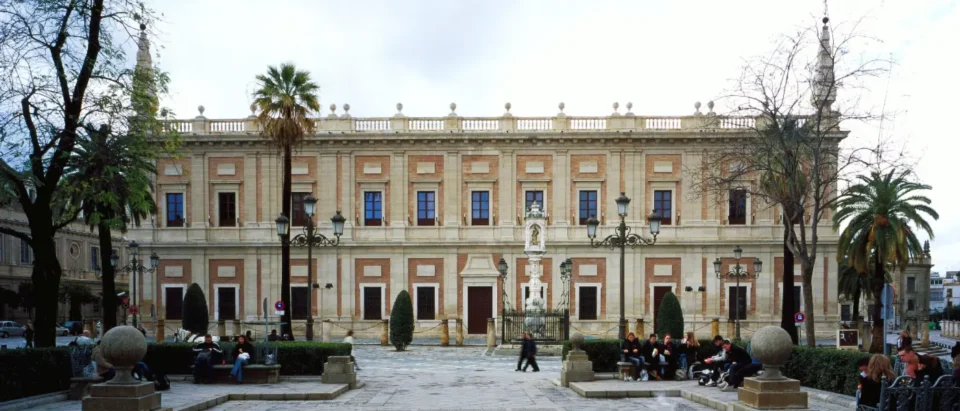

The Council of the Indies: government from Castile
An all-powerful body for overseas affairs
Formally created in 1524, the Council of the Indies was the most important body for the administration of the American territories. Its powers covered practically all aspects of government:
- Law making: he dictated decrees, ordinances and normative compilations.
- Judicial control: it functioned as a supreme court of appeal.
- Appointments: approved or suggested high civil, ecclesiastical and military officials.
- Administrative supervision: made decisions regarding the Royal Treasury, commercial licenses, jurisdictional limits, among others.
In addition, the Council compiled chronicles, maps and reports to keep the monarch up to date. Although in theory it only advised him, its real weight grew so much that its decisions often set limits to the king himself, giving shape to a kind of institutional legalism.
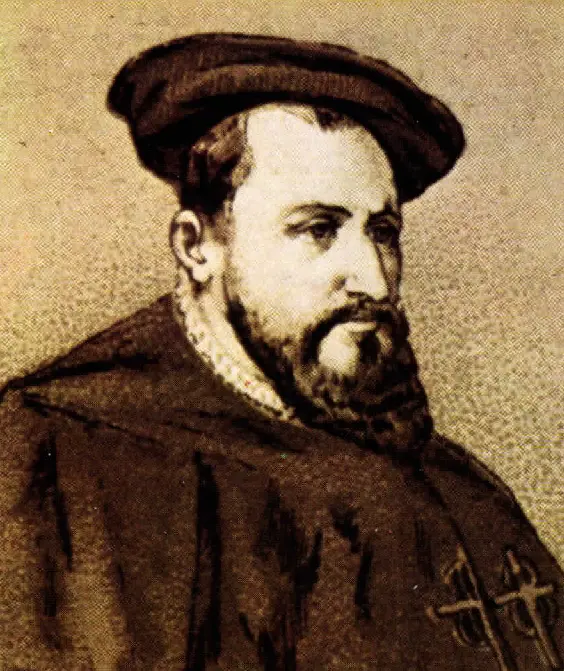

The viceroy: living representation of the monarch in America
Multiple functions in a single position
The viceroy was the king’s delegate in the American territories and concentrated a notable number of attributions:
- Civil governor and chief administrator of the viceroyalty.
- Captain general, in charge of military command.
- President of the Royal Court.
- Vice-patron of the Church, with voice in religious matters.
This accumulation of functions made the viceroy the most powerful figure in the viceroyalty, although always under surveillance. He was accountable through mechanisms such as the visitas and the juicio de residencia. His ability to act was subject to Indian legislation, instructions from the Council and constant pressure from other political and social actors.
The Royal Court: justice and a counterbalance to power
Established before the viceroyalty (i.e., before the arrival of the first viceroy in 1535), the Real Audiencia of Mexico City was the highest judicial tribunal of the kingdom and one of the key institutions of the central apparatus of power.
His duties included:
- Handle appeals and complaints from all over New Spain.
- To annul acts of the viceroy by judicial means.
- Assuming the government of the viceroyalty when there was no acting viceroy.
In addition to its judicial function, the Audiencia issued administrative decisions that eventually became jurisprudence. Its weight as an institution balanced the power of the viceroy, but it could also provoke internal tensions that affected governability.
Territorial government: from the corregidores to the cabildos
Below the central level, a territorial hierarchy was deployed to ensure control of the viceroyalty in more distant regions. Among the most prominent figures were:
- Alcaldes mayores and corregidores, in charge of government and justice in specific districts.
- Governors of provinces, with similar functions to the viceroy but on a smaller scale.
- Cabildos, local representative and management bodies.
The cabildos were organized in Spanish cities and towns, but also in indigenous villages, where they adopted hybrid forms that combined traditional structures with models imposed from Castile. Although many of these bodies enjoyed a certain degree of autonomy in their early days, they were eventually absorbed by an increasingly centralized administration.
The fragile balance between centralization and reality
Despite the well-defined structure, the viceregal government had to constantly adapt to the realities of the territory. The size of New Spain, the cultural diversity and the distance from the metropolis made total control impossible. Therefore, the system was sustained by mechanisms of supervision, appeal and control that, although imperfect, allowed for a relatively efficient administration.
Conclusion
The central apparatus of power in the viceroyalty of New Spain was the result of centuries of institutional evolution and political adaptation. From the king and his Council in Castile to the viceroys, audiencias, corregidores and cabildos, each actor fulfilled a function within a hierarchical network designed to maintain order, guarantee loyalty and promote religious conversion. Although distance and particular interests generated conflicts, the system managed to maintain itself for almost three centuries thanks to its ability to regulate power, adapt to circumstances and project the authority of the monarch in every corner of the viceroyalty.
Explora nuestra colección de shorts


